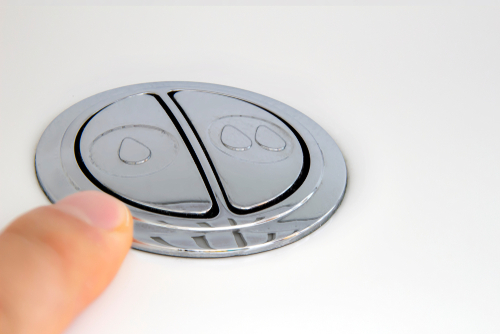Many homeowners may benefit from installing a low flow toilet, often known as a high efficiency toilet (HET). Low flow toilets flush with less water than regular toilets, so conserving water and reducing water bills. In addition, low flow toilets are often more eco-friendly because they use less water and produce less carbon dioxide.
When determining whether to install a low flow toilet, several aspects must be considered. One of the primary factors to consider is the cost of the toilet. Low-flow toilets may be initially more expensive than regular toilets, but they may save money on water bills over time. To assess if a low flow toilet is a wise financial decision, it is essential to compare the initial cost of the toilet with the possible savings on water bills.
Additionally, consider the water pressure in your property. Low flow toilets require a specific water pressure level in order to work effectively. If the water pressure in your home is low, a low-flow toilet may not perform as well as a regular toilet. In this situation, it may be preferable to use a normal toilet or to add a booster pump to improve the water pressure.
Finally, it is essential to assess the performance of the toilet as a whole. Low flow toilets are typically more effective at waste removal than conventional toilets, but they may not be as powerful. If you have a large household or anticipate heavy use, a low-flow toilet may not be the ideal option. Need A Plumber?
Overall, the decision to install a low-flow toilet is a personal one based on your particular wants and circumstances. Before making a decision, it is prudent to evaluate the toilet’s price, water pressure, and performance. More Info






